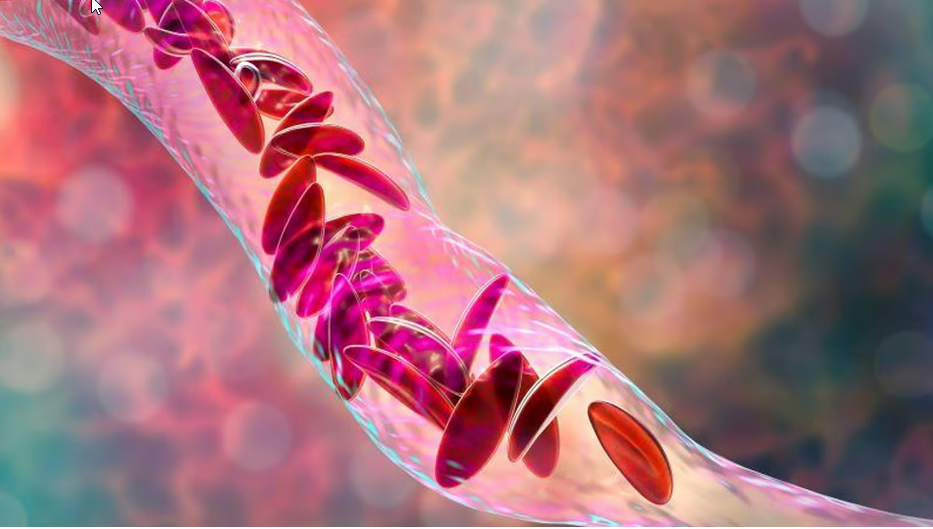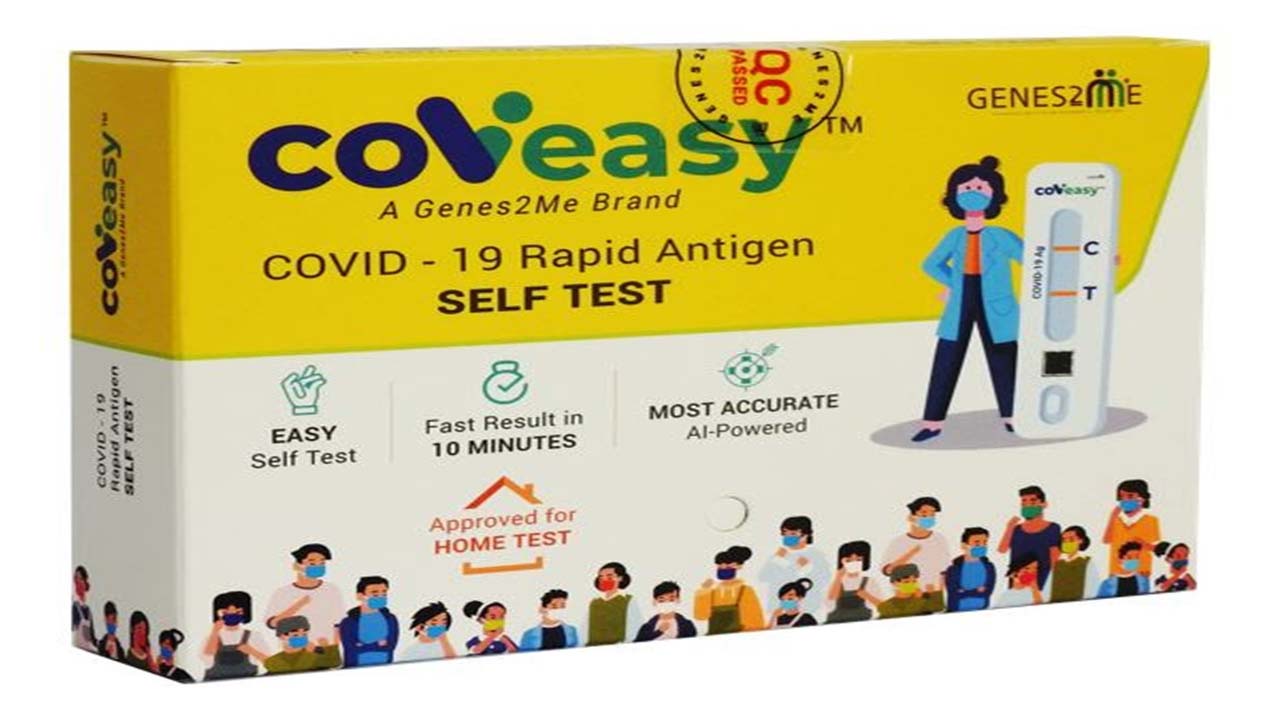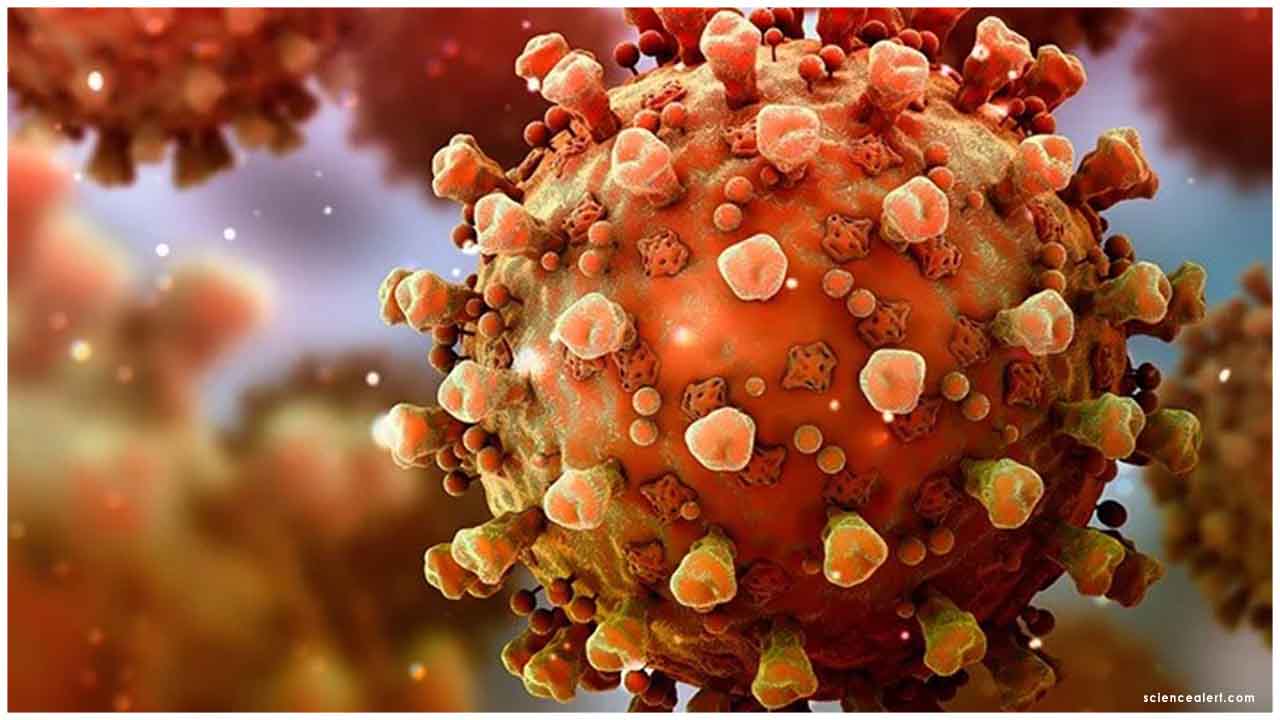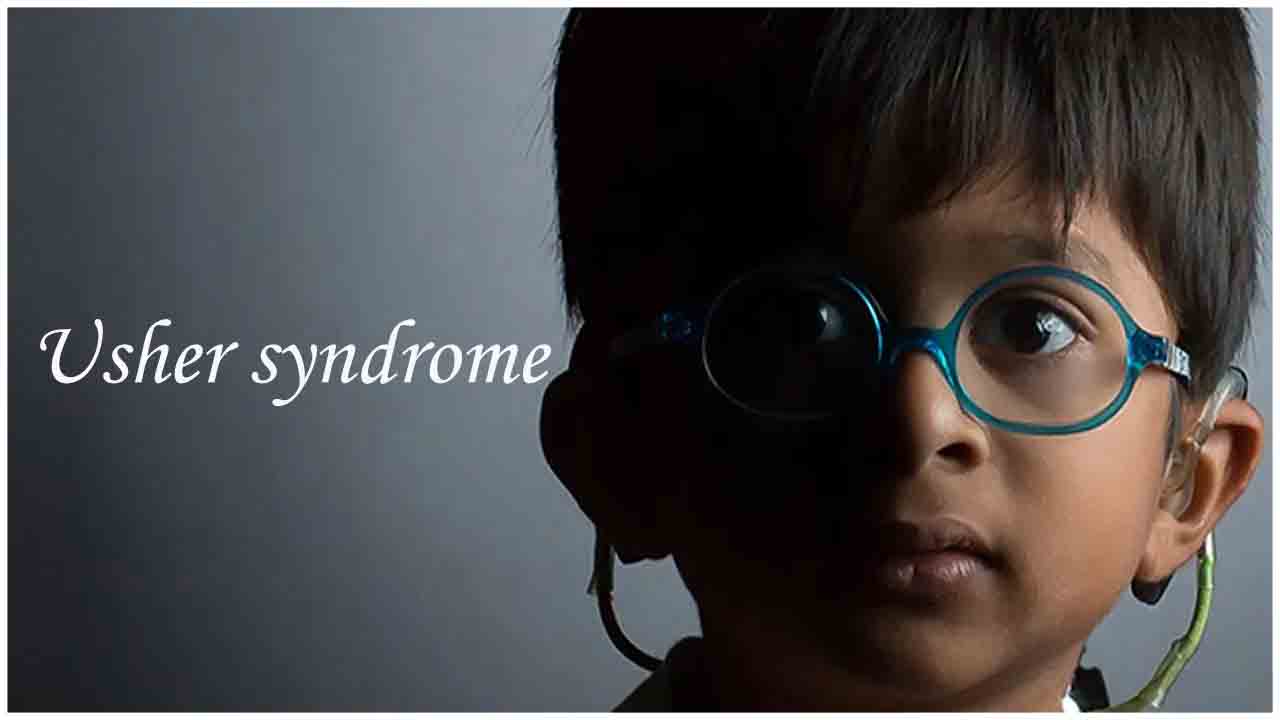Amgen today announced that the U.S. Food and Drug Administration (FDA) has approved RIABNI™ (rituximab-arrx), a biosimilar to Rituxan® (rituximab), for the treatment of adult patients with Non-Hodgkin's Lymphoma (NHL), Chronic Lymphocytic Leukemia (CLL), Granulomatosis with Polyangiitis (GPA) (Wegener's Granulomatosis), and Microscopic Polyangiitis (MPA). RIABNI will be made available in the U.S. in January 2021.
"The approval of RIABNI represents an important milestone across our biosimilar and oncology portfolios," said Murdo Gordon, executive vice president of Global Commercial Operations at Amgen. "Following the proven success of KANJINTI® (trastuzumab-anns) and MVASI® (bevacizumab-awwb) in the U.S. marketplace, RIABNI reaffirms Amgen's long-term commitment to providing high-quality biosimilars that can potentially offer more affordable, effective treatment options for cancer and other serious diseases and that contribute to the sustainability of healthcare systems."
RIABNI, a CD20-directed cytolytic antibody, was proven to be highly similar to Rituxan based on a totality of the evidence, which included comparative analytical, nonclinical, and clinical data, with no clinically meaningful differences in safety or effectiveness. The data package was composed of, in part, results from a pharmacokinetic (PK) similarity study and a comparative clinical study.
The randomized, double-blind, comparative clinical study evaluated the efficacy, pharmacokinetics (PK), pharmacodynamics (PD), safety, tolerability, and immunogenicity of RIABNI compared to Rituxan in subjects with grade 1, 2, or 3a follicular B-cell NHL and low tumor burden. There were 256 patients enrolled and randomized (1:1) to receive 375 mg/m2 intravenous infusion of either RIABNI or Rituxan, once weekly for 4 weeks followed by dosing at weeks 12 and 20. The primary endpoint, an assessment of overall response rate (ORR) by week 28, was within the prespecified margin for RIABNI compared to Rituxan, showing clinical equivalence. PK, PD, safety, and immunogenicity of RIABNI were similar to Rituxan.
The Wholesale Acquisition Cost (WAC or "list price") of RIABNI in the U.S. will be 23.7% lower than the reference product, Rituxan. RIABNI is being made available at a WAC of $716.80 per 100 mg and $3,584.00 per 500 mg single-dose vial, 23.7% less than the WAC for Rituxan, 15.2% less than the WAC for Truxima® (biosimilar to Rituxan), and matching the WAC for Ruxience® (biosimilar to Rituxan). At launch, RIABNI will be priced 16.7% below the current Rituxan Average Selling Price (ASP). RIABNI will be available from both wholesalers and specialty distributors.
Amgen has a total of 10 biosimilars in its portfolio, five of which have been approved in the U.S., and three that are approved in the European Union (EU).
About RIABNI™ (rituximab-arrx) in the U.S.
RIABNI is a biosimilar to Rituxan, an anti-CD20 monoclonal antibody. The active ingredient of RIABNI is a monoclonal antibody that has the same amino acid sequence as Rituxan. RIABNI also has the same strength as Rituxan, and the dosage form and route of administration are identical to the IV formulation of Rituxan.
RIABNI is currently not yet available commercially. This is not an offer for sale. The following information is derived from the approved label in the U.S.
In the U.S., RIABNI is approved for:
Non-Hodgkin's Lymphoma (NHL)
RIABNI (rituximab-arrx) is indicated for the treatment of adult patients with:
- Relapsed or refractory, low-grade or follicular, CD20-positive, B-cell NHL as a single agent.
- Previously untreated follicular, CD20-positive, B-cell NHL in combination with first-line chemotherapy and, in patients achieving a complete or partial response to a rituximab product in combination with chemotherapy, as single-agent maintenance therapy.
- Non-progressing (including stable disease), low-grade, CD20-positive, B-cell NHL as a single agent after first-line cyclophosphamide, vincristine, and prednisone (CVP) chemotherapy.
- Previously untreated diffuse large B-cell, CD20-positive NHL in combination with cyclophosphamide, doxorubicin, vincristine, prednisone (CHOP), or other anthracycline-based chemotherapy regimens.
Chronic Lymphocytic Leukemia (CLL)
RIABNI, in combination with fludarabine and cyclophosphamide (FC), is indicated for the treatment of adult patients with previously untreated and previously treated CD20-positive CLL.
Granulomatosis with Polyangiitis (GPA) (Wegener's Granulomatosis) and Microscopic Polyangiitis (MPA)
RIABNI, in combination with glucocorticoids, is indicated for the treatment of adult patients with Granulomatosis with Polyangiitis (GPA) (Wegener's Granulomatosis) and Microscopic Polyangiitis (MPA).
Important Safety Information
BOXED WARNINGS: FATAL INFUSION-RELATED REACTIONS, SEVERE MUCOCUTANEOUS REACTIONS, HEPATITIS B VIRUS REACTIVATION, PROGRESSIVE MULTIFOCAL LEUKOENCEPHALOPATHY
- Infusion-Related Reactions: Rituximab product administration can result in serious, including fatal, infusion-related reactions. Deaths within 24 hours of rituximab infusion have occurred. Approximately 80% of fatal infusion-related reactions occurred in association with the first infusion. Monitor patients closely. Discontinue RIABNITM infusion for severe reactions and provide medical treatment for Grade 3 or 4 infusion-related reactions.
- Severe Mucocutaneous Reactions: Severe, including fatal, mucocutaneous reactions can occur in patients receiving rituximab products. Discontinue RIABNITM in patients who experience a severe mucocutaneous reaction. The safety of re-administration of RIABNITM to patients with severe mucocutaneous reactions has not been determined.
- Hepatitis B Virus (HBV) Reactivation: HBV reactivation can occur in patients treated with rituximab products, in some cases resulting in fulminant hepatitis, hepatic failure, and death. Screen all patients for HBV infection before treatment initiation, and monitor patients during and after treatment with RIABNITM. Discontinue RIABNITM and concomitant medications in the event of HBV reactivation.
- Progressive Multifocal Leukoencephalopathy (PML), including fatal PML, can occur in patients receiving rituximab products. Discontinue RIABNITM and consider discontinuation or reduction of any concomitant chemotherapy or immunosuppressive therapy in patients who develop PML.
Infusion-Related reactions (IRR)
- Rituximab products can cause severe, including fatal, infusion-related reactions. Severe reactions typically occurred during the first infusion with a time to onset of 30-120 minutes.
- Rituximab-product-induced infusion-related reactions and sequelae include urticaria, hypotension, angioedema, hypoxia, bronchospasm, pulmonary infiltrates, acute respiratory distress syndrome, myocardial infarction, ventricular fibrillation, cardiogenic shock, anaphylactoid events, or death.
- Premedicate patients with an antihistamine and acetaminophen prior to dosing. For patients with Granulomatosis with Polyangiitis (GPA) (Wegener's Granulomatosis) and Microscopic Polyangiitis (MPA), methylprednisolone 100 mg intravenously or its equivalent is recommended 30 minutes prior to each infusion. Institute medical management (e.g., glucocorticoids, epinephrine, bronchodilators, or oxygen) for infusion-related reactions as needed. Depending on the severity of the infusion-related reaction and the required interventions, temporarily or permanently discontinue RIABNITM. Resume infusion at a minimum 50% reduction in rate after symptoms have resolved.
- Closely monitor the following patients: those with preexisting cardiac or pulmonary conditions, those who experienced prior cardiopulmonary adverse reactions, and those with high numbers of circulating malignant cells (≥25,000/mm3).
Severe Mucocutaneous Reactions
Mucocutaneous reactions, some with fatal outcome, can occur in patients treated with rituximab products. These reactions include paraneoplastic pemphigus, Stevens-Johnson syndrome, lichenoid dermatitis, vesiculobullous dermatitis, and toxic epidermal necrolysis
The onset of these reactions has been variable and includes reports with onset on the first day of rituximab exposure. Discontinue RIABNITM in patients who experience a severe mucocutaneous reaction. The safety of re-administration of rituximab products to patients with severe mucocutaneous reactions has not been determined.
Hepatitis B Virus Reactivation
- Hepatitis B virus (HBV) reactivation, in some cases resulting in fulminant hepatitis, hepatic failure, and death, can occur in patients treated with drugs classified as CD20-directed cytolytic antibodies, including rituximab products. Cases have been reported in patients who are hepatitis B surface antigen (HBsAg) positive and also in patients who are HBsAg negative but are hepatitis B core antibody (anti-HBc) positive. Reactivation also has occurred in patients who appear to have resolved hepatitis B infection (i.e., HBsAg negative, anti-HBc positive, and hepatitis B surface antibody [anti-HBs] positive).
- HBV reactivation is defined as an abrupt increase in HBV replication manifesting as a rapid increase in serum HBV DNA level or detection of HBsAg in a person who was previously HBsAg negative and anti-HBc positive. Reactivation of HBV replication is often followed by hepatitis, i.e., an increase in transaminase levels. In severe cases, an increase in bilirubin levels, liver failure, and death can occur.
- Screen all patients for HBV infection by measuring HBsAg and anti-HBc before initiating treatment with RIABNITM. For patients who show evidence of prior hepatitis B infection (HBsAg positive [regardless of antibody status] or HBsAg negative but anti-HBc positive), consult with physicians with expertise in managing hepatitis B regarding monitoring and consideration for HBV antiviral therapy before and/or during RIABNITM treatment.
- Monitor patients with evidence of current or prior HBV infection for clinical and laboratory signs of hepatitis or HBV reactivation during and for several months following RIABNITM therapy. HBV reactivation has been reported up to 24 months following completion of rituximab therapy.
- In patients who develop reactivation of HBV while on RIABNITM, immediately discontinue RIABNITM and any concomitant chemotherapy, and institute appropriate treatment. Insufficient data exist regarding the safety of resuming rituximab product treatment in patients who develop HBV reactivation. Resumption of RIABNITM treatment in patients whose HBV reactivation resolves should be discussed with physicians with expertise in managing HBV.
Progressive Multifocal Leukoencephalopathy (PML)
- JC virus infection resulting in multifocal leukoencephalopathy (PML) and death can occur in rituximab-product -treated patients with hematologic malignancies or with autoimmune diseases. The majority of patients with hematologic malignancies diagnosed with PML received rituximab in combination with chemotherapy or as part of a hematopoietic stem cell transplant. The patients with autoimmune diseases had prior or concurrent immunosuppressive therapy. Most cases of PML were diagnosed within 12 months of their last infusion of rituximab.
- Consider the diagnosis of PML in any patient presenting with new-onset neurologic manifestations. Evaluation of PML includes, but is not limited to, consultation with a neurologist, brain MRI, and lumbar puncture. Discontinue RIABNITM and consider discontinuation or reduction of any concomitant chemotherapy or immunosuppressive therapy in patients who develop PML.
Tumor Lysis Syndrome
- Acute renal failure, hyperkalemia, hypocalcemia, hyperuricemia, or hyperphosphatemia from tumor lysis, some fatal, can occur within 12−24 hours after the first infusion of RIABNITM in patients with non-Hodgkin's lymphoma (NHL). A high number of circulating malignant cells (≥25,000/mm3), or high tumor burden, confers a greater risk of TLS.
- Administer aggressive intravenous hydration and anti-hyperuricemic therapy in patients at high risk for TLS. Correct electrolyte abnormalities, monitor renal function and fluid balance, and administer supportive care, including dialysis as indicated.
Infections
- Serious, including fatal, bacterial, fungal, and new or reactivated viral infections can occur during and following the completion of rituximab product-based therapy. Infections have been reported in some patients with prolonged hypogammaglobulinemia (defined as hypogammaglobulinemia >11 months after rituximab exposure).
- New or reactivated viral infections included cytomegalovirus, herpes simplex virus, parvovirus B19, varicella-zoster virus, West Nile virus, and hepatitis B and C. Discontinue RIABNITM for serious infections and institute appropriate anti-infective therapy.
- RIABNITM is not recommended for use in patients with severe, active infections.
Cardiovascular Adverse Reactions
- Cardiac adverse reactions, including ventricular fibrillation, myocardial infarction, and cardiogenic shock may occur in patients receiving rituximab products. Discontinue infusions for serious or life-threatening cardiac arrhythmias. Perform cardiac monitoring during and after all infusions of RIABNITM for patients who develop clinically significant arrhythmias, or who have a history of arrhythmia or angina.
Renal Toxicity
- Severe, including fatal, renal toxicity can occur after rituximab product administration in patients with NHL. Renal toxicity has occurred in patients who experience TLS and in patients with NHL administered concomitant cisplatin therapy during clinical trials. The combination of cisplatin and RIABNITM is not an approved treatment regimen. Monitor closely for signs of renal failure and discontinue RIABNITM in patients with a rising serum creatinine or oliguria.
Bowel Obstruction and Perforation
- Abdominal pain, bowel obstruction, and perforation, in some cases leading to death, can occur in patients receiving rituximab products in combination with chemotherapy. In postmarketing reports, the meantime to documented gastrointestinal perforation was 6 (range 1−77) days in patients with NHL. Evaluate if symptoms of obstruction such as abdominal pain or repeated vomiting occur.
Immunization
- The safety of immunization with live viral vaccines following rituximab product therapy has not been studied, and vaccination with live virus vaccines is not recommended before or during treatment.
- For patients treated with RIABNITM, physicians should review the patient's vaccination status and patients should, if possible, be brought up to date with all immunizations in agreement with current immunization guidelines prior to initiating RIABNITM; administer non-live vaccines at least 4 weeks prior to a course of RIABNITM.
Embryo-Fetal Toxicity
- Based on human data, rituximab products can cause fetal harm due to B-cell lymphocytopenia in infants exposed in utero. Advise pregnant women of the potential risk to a fetus. Advise females of reproductive potential to use effective contraception with RIABNITM and for at least 12 months after the last dose.
Concomitant Use with Other Biologic Agents and Disease-Modifying Antirheumatic Drugs (DMARDs) in GPA and MPA
- Limited data are available on the safety of the use of biologic agents or DMARDs. Observe patients closely for signs of infection if biologic agents and/or DMARDs are used concomitantly. The use of concomitant immunosuppressants other than corticosteroids has not been studied in GPA or MPA patients exhibiting peripheral B-cell depletion following treatment with rituximab products.
Adverse Reactions
- The most common Grade 3 or 4 adverse reactions in clinical trials of NHL and chronic lymphocytic leukemia (CLL) were infusion-related reactions, neutropenia, leukopenia, anemia, thrombocytopenia, and infections. Additionally, lymphopenia and lung disorder were seen in NHL trials; and febrile neutropenia, pancytopenia, hypotension, and hepatitis B were seen in CLL trials.
- The most common adverse reactions (incidence ≥25%) in clinical trials of NHL and CLL were infusion-related reactions. Additionally, fever, lymphopenia, chills, infection, and asthenia were seen in NHL trials; and neutropenia was seen in CLL trials.
Nursing Mothers
- There are no data on the presence of rituximab products in human milk, the effect on the breastfed child, or the effect on milk production. Because of the potential of serious adverse reactions in the breastfed child, advise women not to breastfeed during treatment with RIABNITM and for at least 6 months after the last dose.
Clinical Trials Experience in GPA and MPA
- Adverse reactions reported in ≥15% of rituximab-treated patients were infections, nausea, diarrhea, headache, muscle spasms, anemia, and peripheral edema (other important adverse reactions include infusion-related reactions).
Induction Treatment of Patients with Active GPA/MPA (GPA/MPA Study 1)
Infusion-related Reactions
- In GPA/MPA Study 1, 12% vs 11% (rituximab-treated vs cyclophosphamide-treated, respectively) of patients experienced at least one infusion-related reaction. Infusion-related reactions included cytokine release syndrome, flushing, throat irritation, and tremor. In the rituximab group, the proportion of patients experiencing an infusion reaction was 12%, 5%, 4%, and 1% following the first, second, third, and fourth infusions, respectively. Patients were premedicated with antihistamine and acetaminophen before each rituximab infusion and were on background oral corticosteroids, which may have mitigated or masked an infusion-related reaction; however, there is insufficient evidence to determine whether premedication diminishes the frequency or severity of infusion-related reactions.
Infections
- In GPA/MPA Study 1, 62% vs 47% (rituximab-treated vs cyclophosphamide-treated, respectively) of patients experienced an infection by Month 6. The most common infections in the rituximab group were upper respiratory tract infections, urinary tract infections, and herpes zoster. The incidence of serious infections was 11% vs 10% (rituximab-treated vs cyclophosphamide-treated, respectively), with rates of approximately 25 and 28 per 100 patient-years, respectively. The most common serious infection was pneumonia.
Hypogammaglobulinemia
- Hypogammaglobulinemia (IgA, IgG, or IgM below the lower limit of normal) has been observed in patients with GPA and MPA treated with rituximab in GPA/MPA Study 1. At 6 months, in the rituximab group, 27%, 58%, and 51% of patients with normal immunoglobulin levels at baseline had low IgA, IgG, and IgM levels, respectively, compared to 25%, 50%, and 46% in the cyclophosphamide group.
Immunogenicity
- A total of 23/99 (23%) rituximab-treated adult patients with GPA or MPA tested positive for anti-rituximab antibodies by 18 months in GPA/MPA Study 1. The clinical relevance of anti-rituximab antibody formation in rituximab-treated adult patients is unclear.
Treatment of Patients with GPA/MPA Who Have Achieved Disease Control with Induction Treatment (GPA/MPA Study 2)
- In GPA/MPA Study 2, the safety profile was consistent with the known safety profile of rituximab in immunologic indications.
Infusion-Related Reactions (IRR)
- In GPA/MPA Study 2, 7/57 (12%) patients in the non-US-licensed approved rituximab arm reported infusion-related reactions. The incidence of IRR symptoms was highest during or after the first infusion (9%) and decreased with subsequent infusions (<4%). One patient had two serious IRRs; two IRRs led to a dose modification; and no IRRs were severe, fatal, or led to withdrawal from the study.
Infections
- In GPA/MPA Study 2, 30/57 (53%) patients in the non-US-licensed approved rituximab arm and 33/58 (57%) in the azathioprine arm reported infections. The incidence of all-grade infections was similar between the arms. The incidence of serious infections was similar in both arms (12%). The most commonly reported serious infection in the group was mild or moderate bronchitis.
About Amgen Biosimilars
Amgen is committed to building upon Amgen's experience in the development and manufacturing of innovative human therapeutics to expand Amgen's reach to patients with serious illnesses. Biosimilars will help to maintain Amgen's commitment to connecting patients with vital medicines, and Amgen is well-positioned to leverage its nearly four decades of experience in biotechnology to create high-quality biosimilars and reliably supply them to patients worldwide.
About Amgen Oncology
Amgen is searching for and finding answers to incredibly complex questions that will advance care and improve lives for cancer patients and their families. Our research drives us to understand the disease in the context of the patient's life – not just their cancer journey – so they can take control of their lives.
For the last four decades, we have been dedicated to discovering the firsts that matter in oncology and to finding ways to reduce the burden of cancer. Building on our heritage, Amgen continues to advance the largest pipeline in the Company's history, moving with great speed to advance those innovations for the patients who need them.
At Amgen, we are driven by our commitment to transform the lives of cancer patients and keep them at the center of everything we do.
About Amgen
Amgen is committed to unlocking the potential of biology for patients suffering from serious illnesses by discovering, developing, manufacturing, and delivering innovative human therapeutics. This approach begins by using tools like advanced human genetics to unravel the complexities of disease and understand the fundamentals of human biology.
Amgen focuses on areas of high unmet medical need and leverages its expertise to strive for solutions that improve health outcomes and dramatically improve people's lives. A biotechnology pioneer since 1980, Amgen has grown to be one of the world's leading independent biotechnology companies, has reached millions of patients around the world, and is developing a pipeline of medicines with breakaway potential.

 Amgen today announced that the U.S. Food and Drug Administration (FDA) has approved RIABNI™ (rituximab-arrx), a biosimilar to Rituxan® (rituximab)
Amgen today announced that the U.S. Food and Drug Administration (FDA) has approved RIABNI™ (rituximab-arrx), a biosimilar to Rituxan® (rituximab)




.png)














.jpeg)

.jpeg)
.jpeg)
.jpeg)

.jpeg)
.jpeg)
.jpeg)
_(1).jpeg)

_(1)_(1)_(1).jpeg)
.jpeg)
.jpeg)
.jpeg)






